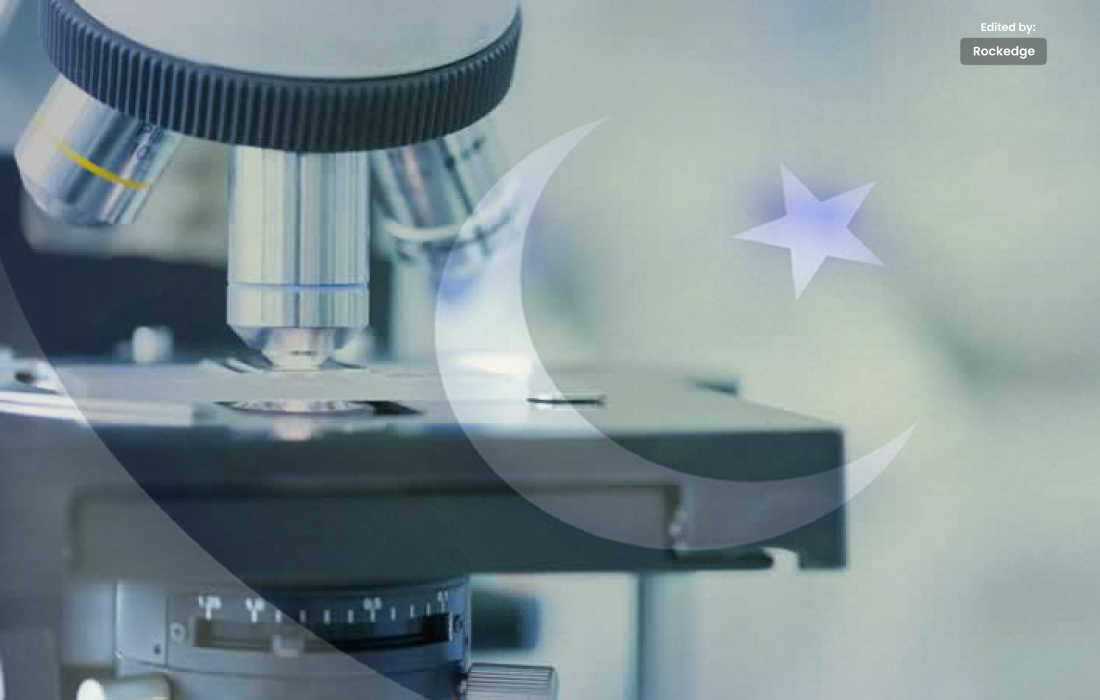Pak scientists find eco-friendly fluorescent nanoparticles in teabags.
Discovery of Fluorescent Nanoparticles from Teabags: Tea bags were discovered by Aumber Abbas, an Oxford University student and Ph.D. candidate at Newcastle University in the UK. In order to create Graphene Quantum Dots, the researchers worked on used teabags (GQDs). To find iron in drinking water and people with Parkinson’s disease, they discovered a very selective sensor.
In addition, Graphene, a carbon allotrope comprised of small particles and discovered in 2004. With the use of Scotch tape, you can quickly extract a sheet of carbon atoms known as graphene from a piece of graphite.
In addition,
his amazing material was discovered and awarded the Nobel prize. As a result, graphene is the ideal material for new study in several fields, including medicine and material science.
On the other hand, scientists and researchers from all over the world are continually working to optimize Graphene for desired outcomes. For instance, Pablo Jarillo-Herrero at the Massachusetts Institute of Technology (MIT) revealed in March 2018 that one-atom-thick sheets of graphene exhibit superconductivity when they are stacked on top of one another with a tiny twist.
Similarly, the four scenes in GQDs offered the developers a hint to make some more adjustments. Although the team intended for the particles to glow, graphene has no energy or bandgap. But Abbas and his group successfully used a new strategy for dealing with this problem.
One issue with graphene, according to Amber Abbas, is that it has zero bandgaps, which restrict its optical emission and its use in the field of fluorescence. To do this, I introduced a band gap and chopped the graphene sheet into little pieces in an effort to overcome the problem.
Small fragments of graphene, therefore, began to fluoresce. He further added that creating cost-effective advanced material was our primary goal. As a result, we began using a used black tea bag.
Graphene Quantum dot Formulation
The initial step in the entire procedure was to roast the leftover black tea to 500°C, turning it into black char. The resultant char was then passed through a high-pressure off vessel at 200–250°C while Oxone chemical was present. After the reaction, the mixture is utilized to filter and get rid of the microscopic graphene particles.
In the filtrate liquid, the nanoscale graphene sheets started to glow. Since the dots may now generate fluorescences, a bandgap has developed in the substance. The team was able to turn the GQDs into useful sensing material as a consequence.
The following phase was employing high transmission electron microscopy to examine the structure, size, quality, and other attributes of nanodots.
Blue Light
The complete Fluorescent Nanoparticles experiment demonstrates that a single dot has a thickness of one nanometer and a size between one and five nanometers. Due to their intense luminous blue hue, GQDs can therefore detect the presence of iron or its states and afterward transform it into a sensor.
As we all know, an abnormal deposit of iron in the brain can cause Alzheimer’s disease and worsen cognitive loss. On the other side, the iron buildup is equally bad for the water and the ecosystem.
Additionally, the raw material for the particles is widely available and abundant in tea, and the process is green, inexpensive, and acid-free.




